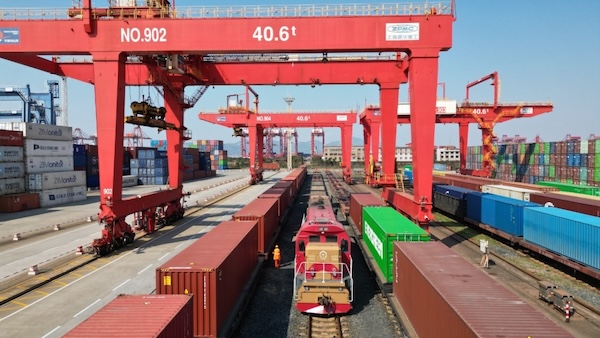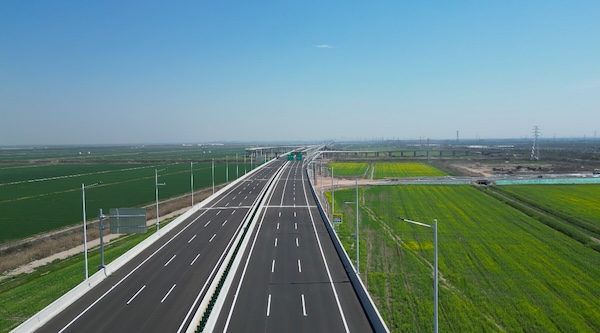First high-definition lunar geological atlas released
The world's first complete high-definition geological atlas of the moon, released by China on Sunday, will provide basic map data for future lunar research and exploration.
The atlas set, available in both Chinese and English, includes the Geological Atlas of the Lunar Globe and the Map Quadrangles of the Geological Atlas of the Moon, the Chinese Academy of Sciences' Institute of Geochemistry said.
"The geological atlas of the moon is of great significance for studying the evolution of the moon, selecting the site for a future lunar research station and utilizing lunar resources," said Ouyang Ziyuan, a CAS academician and lunar scientist."It can also help us better understand the Earth and other planets in the solar system, such as Mars.
Liu Jianzhong, a senior researcher at the institute, said:"The world has witnessed significant progress in the field of lunar exploration and scientific research over the past decades, which has greatly improved our understanding of the moon. However, the lunar geological maps published during the Apollo era have not been changed for about half a century, and are still being used for lunar geological research. With the improvements of lunar geological studies, those old maps can no longer meet the needs of future scientific research and lunar exploration."
Since 2012, Ouyang and Liu have led a team of scientists and cartographers from various research institutions in efforts to compile the atlas.
With a comprehensive and systematic understanding of the origin and evolution of the moon, the team compiled the atlas based on scientific exploration data gained from China's Chang'e lunar exploration program and other research results from Chinese and international missions, Liu said.
This atlas set not only provides basic data and scientific references for the formulation and implementation of scientific goals in China's lunar exploration program, but also fills a blank in China's compilation of geological maps of the moon and planets, contributing to the study of the origin and evolution of the moon and the solar system, Liu said.
Based on the perspective of lunar dynamic evolution, Chinese researchers creatively established an updated lunar geological time scale, objectively depicting the geological evolution of the moon, and clearly showing the characteristics of lunar tectonic and magmatic evolution.
The atlas set has been integrated into the digital lunar cloud platform built by Chinese scientists, and will serve lunar scientific research and science education, as well as landing site selection, lunar resource exploration and path planning for China's future lunar exploration projects, Liu said.
He said the upcoming Chang'e 6 mission is expected to collect samples in the Apollo Basin within the South Pole-Aitken Basin on the far side of the moon, which means materials ejected from ancient terrain may be collected in the process.
"Our map can provide a macroscopic geological background to improve the purpose and efficiency of the sample research," Liu said.
Gregory Michael, a senior scientist at the Free University of Berlin in Germany, said the compilation of the atlas was an immense project, which required the organization and cooperation of many well-informed Chinese researchers over many years to be able to achieve a consistent and complete result.
"This map, in particular, is the first on a global scale to utilize all of the post-Apollo era data," he said."It builds on the achievements of the international community over the last decades, as well as on China's own highly successful Chang'e program. It will be a starting point for every new question of lunar geology, and become a primary resource for researchers studying lunar processes of all kinds."
Xinhua

 Ningbo seabird project seeks international volunteers
Ningbo seabird project seeks international volunteers  Jakub's journey: From shipyard to sea
Jakub's journey: From shipyard to sea  Badminton Asia COO applauds Ningbo
Badminton Asia COO applauds Ningbo 


